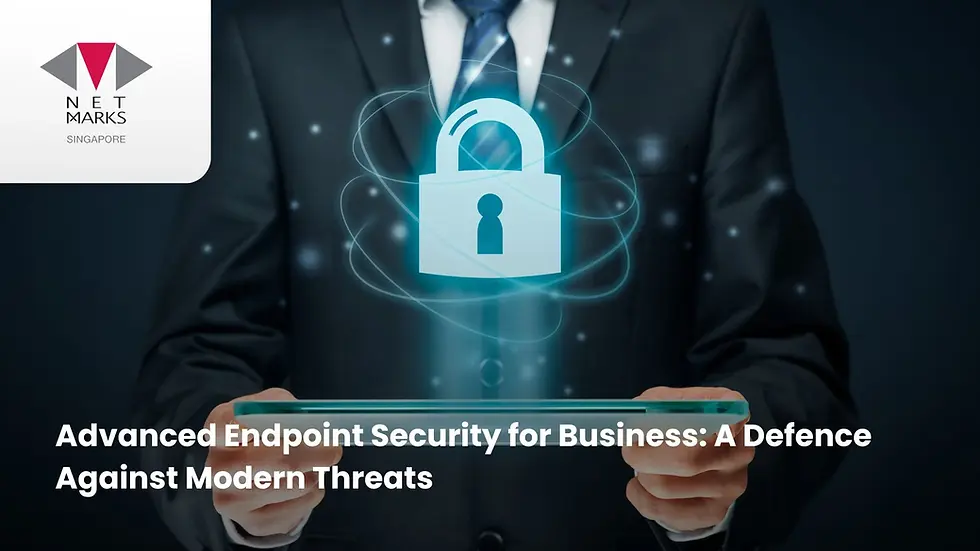Crucial trends that IT managers need to take notice of now | Gartner summit 2021
- Netmarks
- Mar 1, 2022
- 2 min read

Trend 1: Remote work security support is here to stay
Gartner highlights that almost 65% of employees are currently able to work from home and recent surveys point out that around 30-40% will still continue to work from home post pandemic. This shift means many organisations need to rethink their security policies and tools due to the different requirements.
Security teams need to revisit existing policies for data protection, disaster recovery and backup to ensure existing systems are suitable for a remote environment. One example includes how endpoint protection services will need to move to cloud delivered services. Organisations that have used an intranet system for their device management will now need to utilise a cloud based unified endpoint management software (such as ISM CloudOne) in order to remotely facilitate device management for its employees.
Trend 2: Consolidation of security vendors
The 2020 Gartner CISO Effectiveness Survey found out that 78% of chief information security officers have 16 or more tools in their portfolio of cybersecurity vendors but 12% still have 46 or more. A larger number of security products in organizations means an increase in complexity, staffing requirements and integration costs. Another Gartner survey pointed out that 80% of IT organisations plan to consolidate their vendors over the next three years.
Streamlining an organisations’ cybersecurity portfolio means it becomes easier to configure security solutions and respond to potential alerts, which improves overall security risk posture. For example, a company could be utilising different security vendors just to manage their employees’ mobile devices (AirDroid and Teamviewer) but routinely faces issues due to the nature of different operating systems. Streamlining could mean using a single security vendor such as ISM CloudOne to remotely manage the company’s mobile devices while seamlessly integrating it with other systems such as virtual machines or printers.
Trend 3: Cybersecurity Mesh
Gartner identifies cybersecurity mesh as a ‘modern security approach that consists of deploying controls where they are most needed’. Instead of having to run every single security tool in its own silo, a cybersecurity mesh enables tools to interoperate by centralising policy management and orchestration while providing foundational security services. The increase of employees holding on to company IT assets outside traditional physical workspaces becomes less of an issue, since cybersecurity architecture allows organisations to extend their control over distributed assets remotely.
For example, the IT department of a medium sized company is able to remotely troubleshoot and control its employees devices using ISM CloudOne with little concerns over security, despite the devices being in different physical locations around the globe. The IT team is able to update devices remotely, and identify potential issues from a unified dashboard console.
Head on to Netmarks Singapore to learn more about ISM CloudOne and how unified endpoint management software can streamline your organisation’s IT assets.




Comments